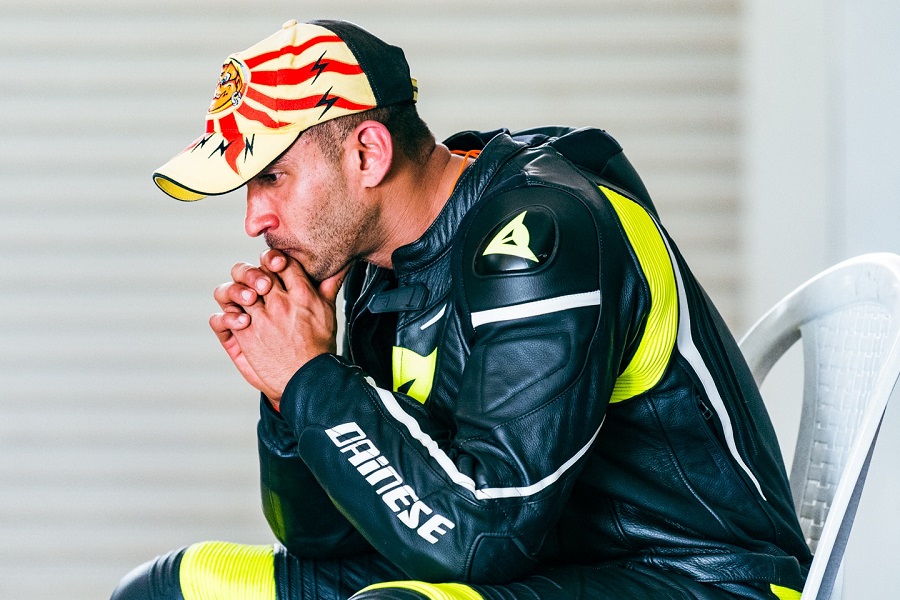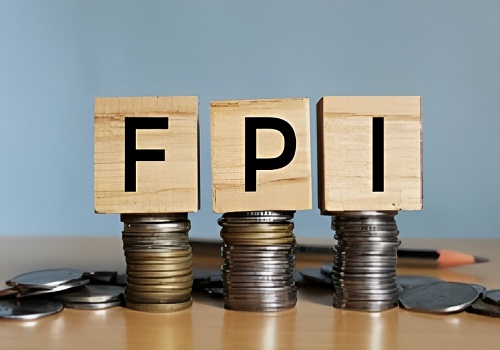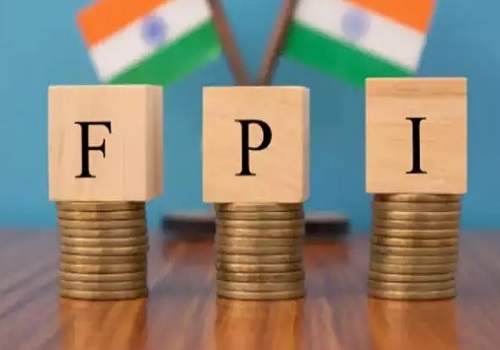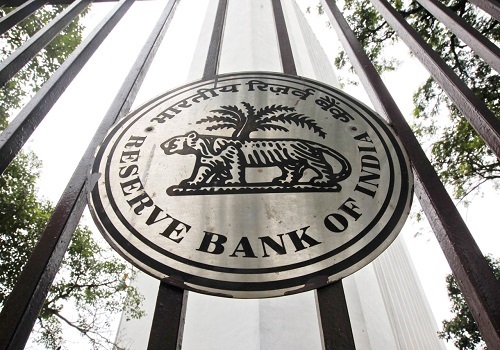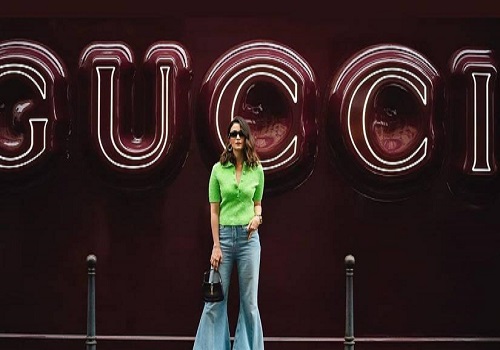The Ever-Evolving World of Jewelry Fashion: A Blend of Timeless Elegance and Contemporary Innovation

Follow us Now on Telegram ! Get daily 10 - 12 important updates on Business, Finance and Investment. Join our Telegram Channel
Jewelry has long been a symbol of beauty, status, and personal expression. Over the centuries, jewelry fashion has evolved, reflecting changes in cultural trends, technological advancements, and shifts in the way people perceive luxury. Today, jewelry remains an essential element of fashion, offering individuals the opportunity to express their unique style while maintaining a connection to traditional craftsmanship.
The Evolution of Jewelry Fashion
Jewelry fashion dates back to ancient civilizations, where it was often used as a symbol of power, spirituality, and wealth. In ancient Egypt, for example, intricate gold jewelry was crafted for royalty, and stones like turquoise and lapis lazuli were valued for their symbolic meanings. Over time, jewelry became more accessible to different social classes, and it started to reflect personal tastes rather than just social status.
In the modern era, jewelry fashion underwent significant transformations with the advent of new materials and design techniques. The Art Deco movement in the 1920s, for example, introduced geometric shapes, bold lines, and the use of platinum, diamonds, and colored gemstones in innovative ways. During the mid-20th century, designers like Coco Chanel and Elsa Schiaparelli made jewelry a key element of haute couture, blending fashion and art in ways that had never been seen before.
Contemporary Jewelry Trends
Today, jewelry fashion is a diverse and dynamic industry. There are a few key trends that dominate the scene, making jewelry not only a way to enhance one’s look but also a reflection of personality, culture, and even sustainability.
Sustainable and Ethical Jewelry: With growing awareness about environmental and social issues, consumers are increasingly seeking out sustainable and ethically produced jewelry. Many designers are now opting for recycled metals, conflict-free diamonds, and lab-grown gemstones. The shift towards eco-friendly jewelry is also driving innovation, with designers creating pieces that not only look beautiful but are also made with minimal environmental impact.
Personalized Jewelry: Customized and personalized jewelry is becoming increasingly popular, with people opting for pieces that tell their own unique story. Initials, birthstones, and custom engravings are just a few ways individuals can add a personal touch to their jewelry. This trend allows wearers to connect emotionally with their pieces, creating jewelry that has deeper sentimental value.
Bold Statement Pieces: While minimalist jewelry continues to hold its appeal, there has been a noticeable shift towards bold, statement-making designs. Oversized necklaces, chunky bracelets, and colorful earrings are being used as focal points in outfits, allowing individuals to make a statement without saying a word. This trend embraces creativity and individuality, with designers experimenting with unusual materials, textures, and sizes.
Vintage and Antique Jewelry: There has been a resurgence of interest in vintage and antique jewelry, with many fashion-forward individuals looking to the past for inspiration. Whether it’s a Victorian-era brooch or a 1980s-era statement ring, vintage pieces bring a sense of nostalgia and uniqueness that mass-produced jewelry cannot match. Collecting vintage jewelry has also become a trend in its own right, with enthusiasts searching for rare and valuable pieces to add to their collections.
Mixing Metals: Gone are the days of strict rules about matching metals. Today, mixing gold, silver, rose gold, and platinum has become a popular trend in jewelry fashion. This technique allows for more versatile styling, as it offers more combinations and ways to complement various outfits. Mixing metals also adds depth and texture to jewelry, making each piece stand out in its own way.
The Influence of Celebrity and Social Media
Celebrities, influencers, and social media platforms play a major role in shaping jewelry trends. High-profile events like the Oscars or Met Gala often showcase the most glamorous and cutting-edge jewelry designs, influencing trends for the season. Social media, particularly platforms like Instagram and TikTok, has made it easier for jewelry designers to reach a global audience, and for consumers to discover new brands and trends in real-time.
Celebrities like Beyoncé, Rihanna, and Meghan Markle have all become known for their bold jewelry choices, from oversized earrings to statement necklaces, which have helped push the boundaries of what is considered fashionable. These public figures not only influence consumer trends but also inspire jewelry designers to experiment with new materials, shapes, and concepts.
The Future of Jewelry Fashion
As jewelry continues to evolve, we can expect to see more innovations driven by technology and sustainable practices. The rise of 3D printing and augmented reality is enabling jewelry designers to create pieces that are more intricate, customizable, and interactive than ever before. With the continued rise of wearable tech, we may also see more jewelry that doubles as a piece of functional technology, blending fashion with practicality.
In addition, the increasing importance of sustainability means that future jewelry collections may focus even more on creating eco-friendly, ethically sourced, and long-lasting pieces. As consumers become more conscientious about their environmental impact, the demand for sustainable jewelry will only continue to grow.
Conclusion
Jewelry fashion is not just about luxury or ornamentation; it’s an art form, a cultural statement, and a reflection of personal identity. Whether embracing the timeless beauty of vintage designs, experimenting with bold contemporary pieces, or seeking sustainable options, jewelry remains an essential part of fashion. As the industry continues to evolve, it will undoubtedly embrace new technologies and trends while holding onto the rich traditions that have made jewelry an enduring symbol of beauty and expression throughout history.
